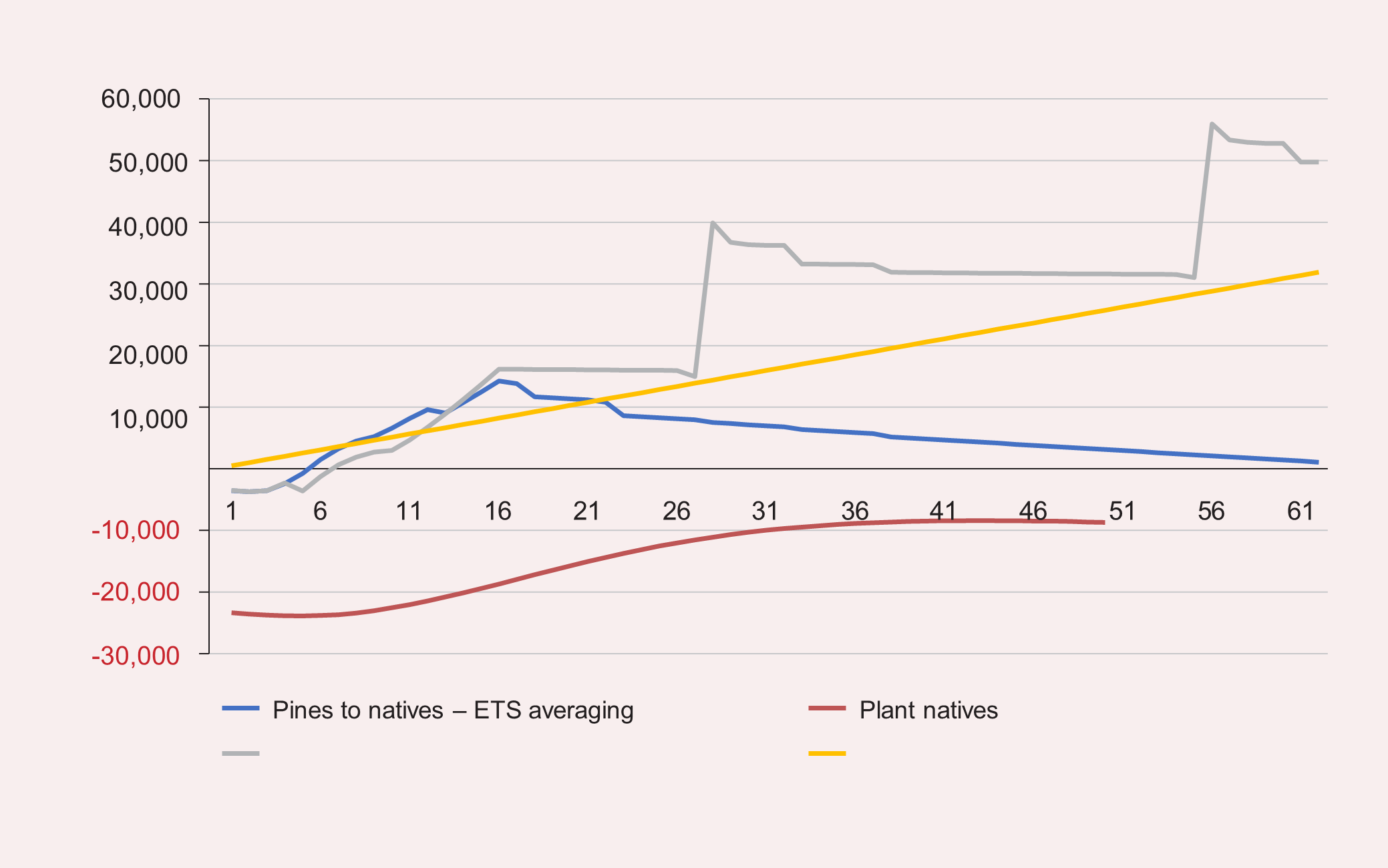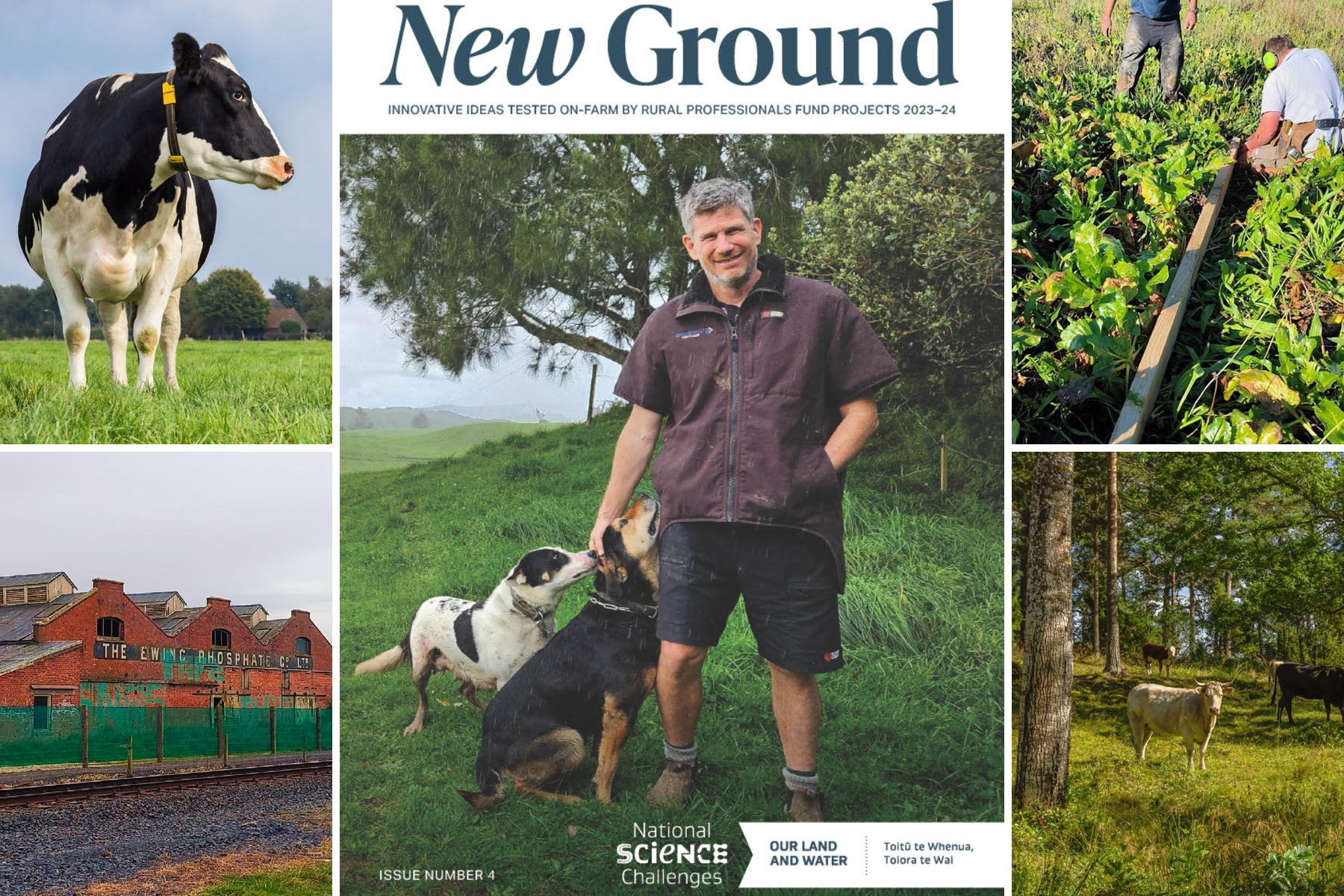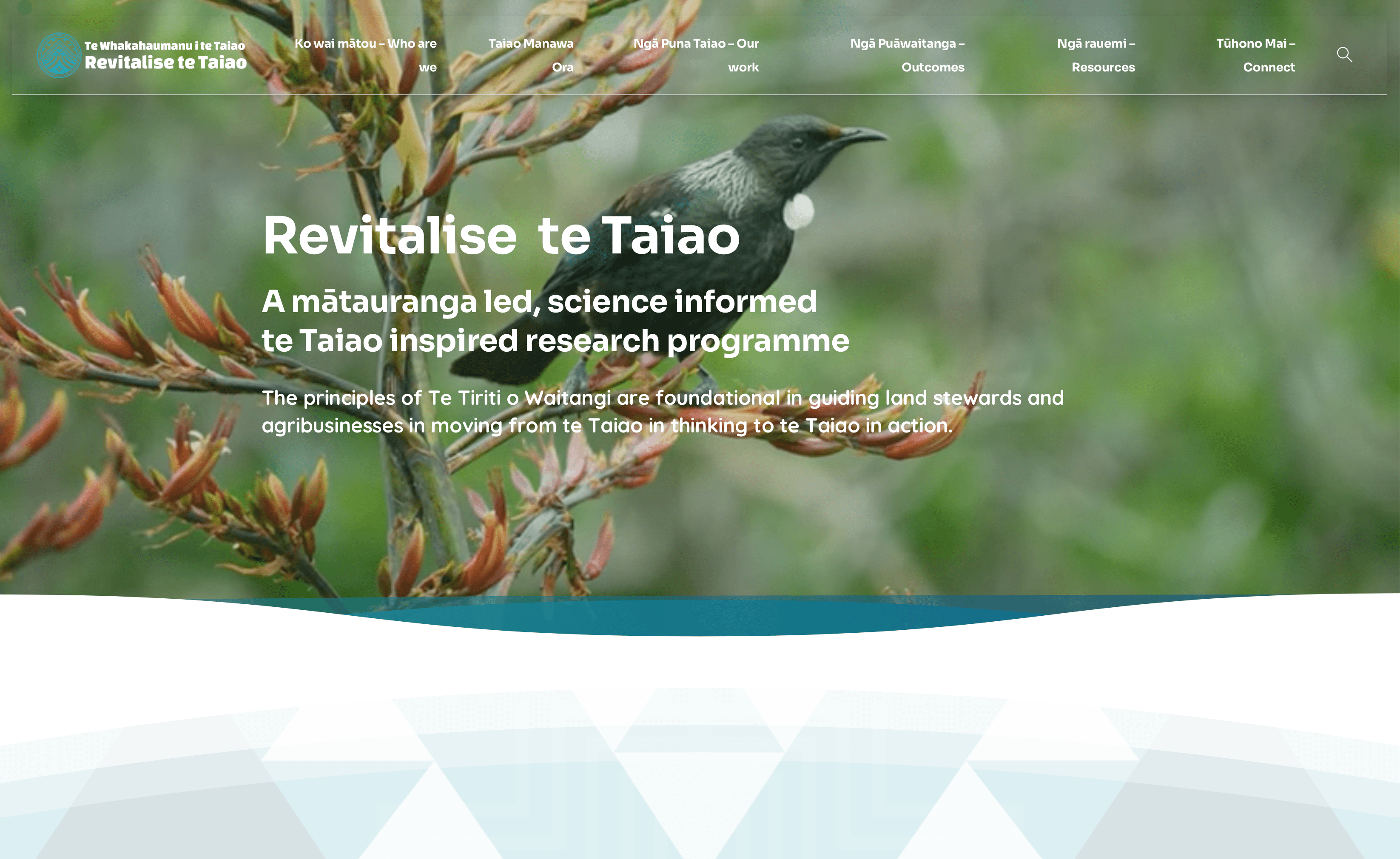Nurse Pines Could Support Native Regeneration
Research shows taking advantage of ETS payments for pine forestry could effectively subsidise the costs of planting native trees – but it requires a long-term intergenerational approach.
Native forest can be established using pine trees as a nurse crop and Emissions Trading Scheme (ETS) payments to help pay for initial costs – but it is not a money-making exercise, a research project shows.
“For farmers looking to establish natives on marginal land, using pine trees as a nurse crop is a less costly option than planting natives in year 1,” says Waikato consultant Steve Howarth.
The research started following a conversation between Howarth and farming leader Martin Coup, wondering whether there was a way to leverage ETS credits to make planting native trees and shrubs on marginal hill country more affordable for farmers.
“Say you have a steep paddock out the back of the farm that could be retired and planted in natives but there are high upfront costs – you could be talking $20,000 to $30,000/ha to plant the natives, and then you need to actively manage pests and control weeds as well,” Howarth says.
“We saw pine blocks where some of the understorey appeared to be natives and we wondered, ‘Why is that, and is there an opportunity for a lower entry point into natives using pines as a nurse crop?’,” he says.
They contacted ecologist Adam Forbes, an expert in forest regeneration, to assess whether pines could be a suitable nurse crop. Funding was provided by Our Land and Water’s Rural Professionals Fund.
“There is some uncertainty over the potential of regeneration in the understorey and the long-term forest outcomes. That’s partly because we haven’t been doing this long enough to know, and there are not many empirical examples,” says Forbes.
Given he had eight months for the project, not the years or decades a full trial might take, Forbes undertook a vegetational survey in rotational Pinus radiata plantations in Waikato, using them as an analogue for non-harvest plantations.
“I surveyed stands that were greater than 20 years old because I know that not much happens before that time in terms of regeneration. It’s important to note that these sites have had no specific management, they’re just rotational forests,” he says.
Pines as a nurse crop to establish natives
Why: To investigate the practicality of using pine forest as a nursery crop for the regeneration of native trees and shrubs, and to outline
the required management and economics of leveraging Emissions Trading Scheme (ETS) payments.
Where: Waikato.
Who: Steve Howarth (AgFirst) and Adam Forbes (Forbes Ecology).
What:
- Natives do naturally regenerate as an understorey in pine plantations, but are generally too small to be effective for long- term forest development.
- Enrichment planting of canopy species would be required to regenerate a native forest, with selective poisoning of pines to create spaces.
- Carbon storage of native understorey in a pine plantation was calculated to be 1.5 tonnes of carbon/ha (compared with 88 tonnes carbon/ ha for a Pinus radiata stand).
- Control of mammalian browsers, including deer and goats, is essential to ensure the success of transitional forestry.
- Planting natives carries a large upfront cost and may be putting farmers off. Using pines as a nurse crop reduces upfront costs, and enables a higher income stream through the ETS for the first 16 years (claimed under averaging accounting at $70/t CO2e). By year 50 the cumulative total cashflow is +$3,181/ ha, but due to ongoing weed and pest control costs by year 69 cashflow has reached $0.
More information: Transition of Pine Forests to Natives: Summary for Farmers
Counting native trees
Forbes surveyed 25 plots of 10 m x 10 m, working with forestry investment company Manulife in structuring the survey along elevation gradients. Sampling was taken usually at every 100 m elevation difference to explore variability in the understorey composition and structure caused by variability in climate.
Every native tree and shrub in the plots were counted and multiplied by 100 to give a per hectare count.
In some places there were large numbers of natives growing, but in others none or very few. The greatest number counted was 18,600 stems/ha, but overall the mean was 4,112 and most of those stems occurred as seedlings, not saplings or trees.
“Seedlings are anything up to 1.35 m, about breast height. Saplings are the next stage, taller than 1.35 m but not greater than 2 cm diameter. Trees are greater than 2 cm diameter and greater than breast height,” Forbes explains.
The most abundant native woody species found was mahoe (Melicytus ramiflorus), on average about 1,100 stems/ha.
The most abundant native woody species found was mahoe (Melicytus ramiflorus), on average about 1,100 stems/ha. There were four native trees appearing in greater than 200 stems/ha and there were a further 32 native species occurring at stem densities less than 200/ha.
“The point is that these species are quite short- statured, short-lived trees so that’s not particularly great for long-term forest development,” he says.
What was missing were significant numbers of taller canopy trees. Tawa, an important North Island canopy tree, was present at an average 48 stems/ha, totara and miro both at at 8 stems/ha, matai at 4 stems/ha and kamahi at 4 stems/ha.
Forbes calculated the average basal area of native trees and shrubs in the plots at 2.7 square metres/ha and determined this vegetation was holding about 1.5 tonnes of carbon/ha.
“This is probably the first time this has been calculated. A Pinus radiata stand would have about 88 tonnes/ha and here we’re talking 1.5 tonnes in the native understorey, so it is a relatively small amount of carbon being stored,” he says.
Although this is quite low, Forbes points out this is effectively a baseline and a mature native forest would hold more carbon. To achieve that, he says, plots would have to be actively managed to create conditions for taller canopy species to thrive.
Another important finding that must be considered is the effect of mammalian browsing, mainly deer and goats that feast on palatable natives.
Active management requirements
Forbes says another important finding that must be considered is the effect of mammalian browsing, mainly deer and goats that feast on palatable natives.
“There’s a lot of damage being done by those animals,” he says. “Browsing the vegetation is one thing, but the deer tend to rub their antlers and ringbark the trees, and can even pull small trees out of the ground or bend them over. It’s quite devastating.”
Unless those pests can be controlled, native revegetation projects will be severely impacted, he says.
While there are obstacles to overcome to make transition forestry work, Forbes does see positives. “When I was doing my data collection, at the end, I’d just stand and look at the plot and go, ‘Is there actually a future forest here based on what I’m seeing?’, and there were some sites where I said, ‘Yep, if the browsers could be addressed, this has got potential’.”
With that in mind, he worked with Steve Howarth to create a management plan for farmers considering planting pines with a view to transitioning to natives. To assist with the transition, the management plan includes selective poisoning of pine trees coupled with planting of native canopy species (such and totara and rewarewa). This is to ensure each gap contains species capable of taking up a position in the canopy, a practice called enrichment planting.
By year 38, it is assumed that established native trees will have become a seed source and natural recruitment will have been established.

Crunching the costs
Carbon credits are claimed under the ETS using averaging accounting for Pinus radiata. For the first 16 years, at a carbon price of $70/tonne, this provides a total income of $22,150/ha. Costs associated with establishing pines totals $3,000/ha, and to establish the natives costs $7,655/ha. Ongoing costs for weed and browser pest control are estimated at $6,934/ha for the first 50 years.
Including costs under the ETS, the cumulative total return at year 50 is $3,181/ha.
“These are all high-level indicative costs and anyone considering this should complete a site-specific management plan and costings,” Howarth points out.
There is no further income after year 16 to offset ongoing costs. By year 69, the cumulative total return has reached $0 (see Figure 1).
“It’s an exciting concept and it does provide a lower-cost entry into natives,” says Howarth. He reasons that landowners who go down this track will do so not for the ETS income, but to fund establishment costs of a project with a multi-generational timeline.
“You would do it to enhance biodiversity and the aesthetics of the farm. The high upfront costs to plant natives I believe are putting many farmers off. Using pines as a nurse crop reduces costs and helps get some cash in the bank from the ETS straight-up, and that does pay those initial establishment costs,” he says.
This article was first published in New Ground magazine, issue 3. All text is licensed for re-use under Creative Commons Attribution 4.0 International (CC BY 4.0)
Author
 View Our Strategy Document 2019 – 2024
View Our Strategy Document 2019 – 2024



